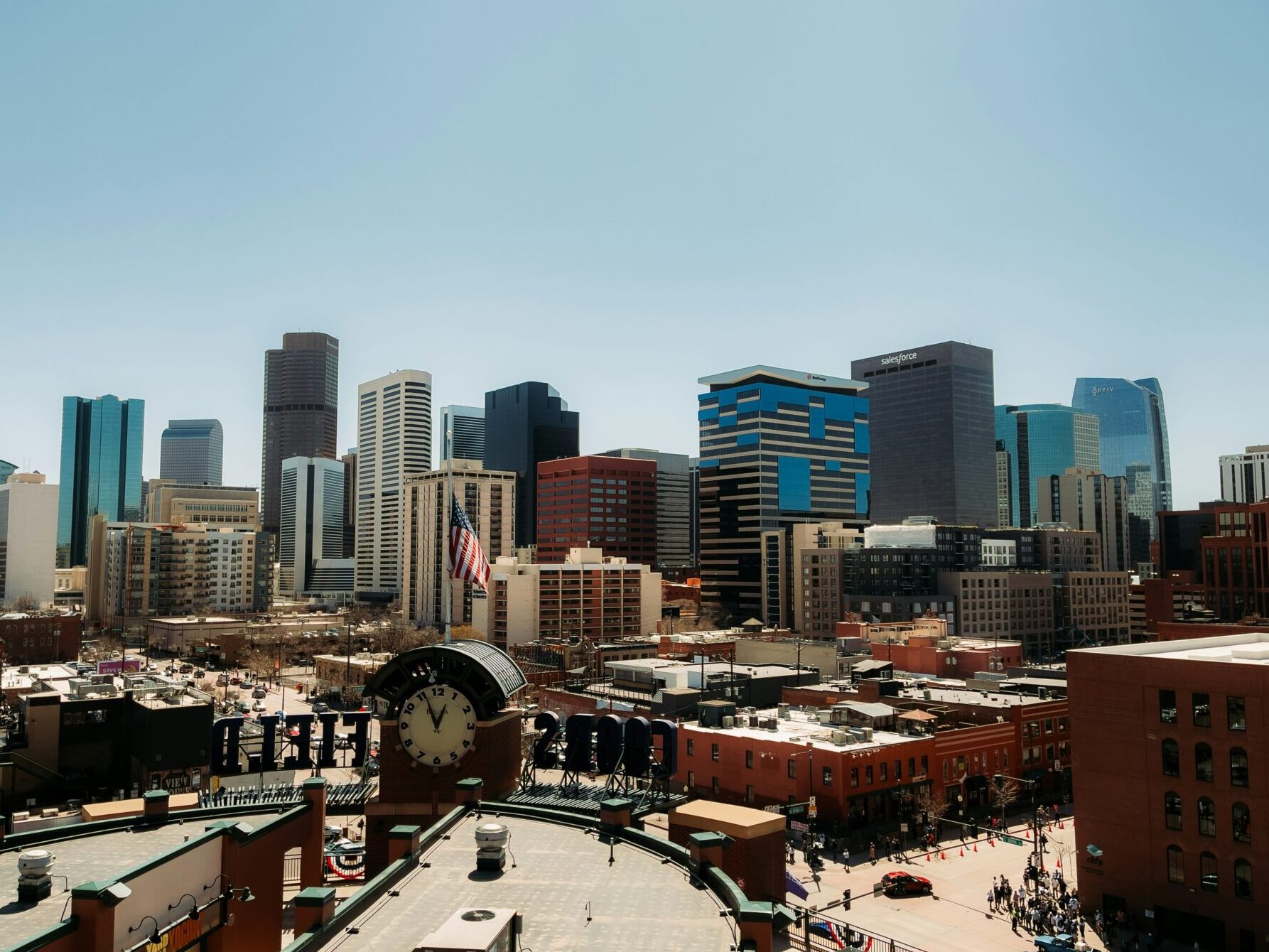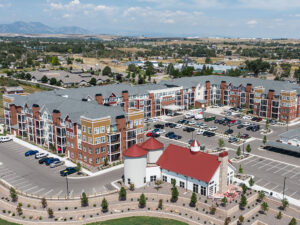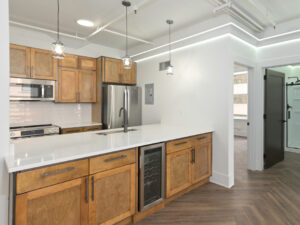Choose a Denver neighborhood that fits your commute, budget, school needs, and lifestyle (urban walkability vs. leafier streets near parks and trails). Denver offers everything from high-rise living near Union Station to historic bungalows and master-planned communities with pocket parks. Consider the question, Where should I live in Denver as you explore your options.
How to Choose Your Denver Neighborhood
Where Should I Live in Denver?
- Commute & transit: Aim for a one-seat rail/bus ride or a sub-30-minute drive.
- Daily life: Prioritize proximity to parks, trails, rec centers, dog space, and your weekly errands.
- Schools: Verify your address in the district’s School Finder and note zones/magnets before you sign.
- Zoning & flexibility: If rental income or multigenerational living matters, check local ADU rules and permitting.
- Safety signals: Review the police crime map by block and compare at different times of day.
Quick Neighborhood Matches (By Lifestyle)
Tip: Use the city’s official neighborhood map to confirm boundaries during your search.
If you want walkable, urban energy:
LoDo / Union Station, Downtown, Ballpark, Capitol Hill, Golden Triangle.
Why: Car-lite living, restaurants, venues, transit hubs, bike/scooter access.
If you want trendy + creative:
RiNo (River North Art District), Highland (LoHi), Sunnyside.
Why: Galleries, music venues, cafés, renovated lofts, fast access to downtown/I-25.
If you want classic parks + bungalows:
Washington Park (Wash Park), Sloan’s Lake.
Why: Big parks, lake loops, bungalow/Tudor streets, strong recreation culture.
If you want family-friendly planning + newer builds:
Central Park (formerly Stapleton), Lowry.
Why: Master-planned blocks, pocket parks, pools, town centers, easier east-side airport access.
If you want historic charm + big trees:
Park Hill, Platt Park / South Pearl.
Why: Brick homes, wide parkways, weekend markets, close to City Park amenities.
If you want budget stretch + space (within city limits):
Harvey Park, Mar Lee, Barnum, Athmar Park; Green Valley Ranch, Montbello (far NE).
Why: Mid-century stock and newer builds; check ADU potential, rail access, and block-level trends.
Nearby (not Denver city) options worth a look:
Arvada, Wheat Ridge (NW); Lakewood, Littleton (SW); Centennial, Greenwood Village (South).
Why: Mix of ranch homes and townhomes, trail networks, light-rail access, suburban school choices.
Parks, Trails & Outdoors
Denver scores high for big-city park access. Residents enjoy neighborhood parks, regional trails (including the Cherry Creek Trail), and easy foothills access for weekend hikes and rides.
Schools & Enrollment Basics
Denver Public Schools uses boundaries, zones, and SchoolChoice. Your address can map to a zone with multiple options. Always run your exact address in the district’s School Finder and review programs (immersion, GT, STEM) and campus facilities.
ADUs, Zoning & Long-Term Flexibility
Interested in a backyard apartment, studio, or in-law suite? Denver policy now allows ADUs citywide (with lot, design, and permit standards). Confirm setbacks, utilities, and addressing rules before you buy.
Safety & Due Diligence
Use the police crime dashboard to review recent incidents around any address. Compare weekdays vs. weekends and day vs. night. Talk to neighbors and walk the block at your commute time.
Pro Move: Build Your Shortlist in 30 Minutes
- List non-negotiables (rail stop, <30-min drive, park access, school program).
- Open the City Neighborhood Map and RTD System Map; trace work, daycare, gym, groceries.
- Run addresses through School Finder and the Police Crime Map.
- Walk the blocks at rush hour and after dark. Chat with locals.
Useful Official Links
- City of Denver: Neighborhoods Map
- RTD: System & Rail Maps
- Denver Public Schools: School Finder
- Denver ADUs: Zoning & Permits
- Denver Police: Crime Map & Dashboards
- Denver Parks & Recreation
FAQs – Where should I live in Denver?
What’s a typical Denver commute?
Roughly mid-20 minutes one way, depending on corridor and mode. Living near rail or close-in neighborhoods generally shortens it.
Which neighborhoods are most walkable for nightlife?
LoDo/Union Station, Downtown, Ballpark, Capitol Hill, and RiNo put you near dining, venues, and transit.
Where do many families start their search in the city?
Central Park, Lowry, Park Hill, Washington Park, and Sloan’s Lake for park access, community feel, and amenities. Verify your DPS options by address.
Can I build a rentable casita (ADU)?
Often yes—Denver allows ADUs citywide with specific design and permitting rules. Confirm your lot details before you buy.
How do I quickly compare neighborhoods?
Use the city map for boundaries, overlay transit and parks you’ll use weekly, then check School Finder and the police crime dashboard for each address.
Related reads:
Top Industries & Jobs in Colorado
Denver Cost of Living Guide
Moving to Denver Checklist
Bottom line: When asking the question, where should I live in Denver, start with how you live. If you want car-lite convenience and nightlife, focus on the inner ring near rail (LoDo/Union Station, RiNo, Cap Hill, LoHi). If you want porches, parks, and weekend rides, short-list Wash Park, Sloan’s Lake, Park Hill, Lowry, Central Park. Confirm schools, transit, ADU options, and safety for each exact address before you sign.




